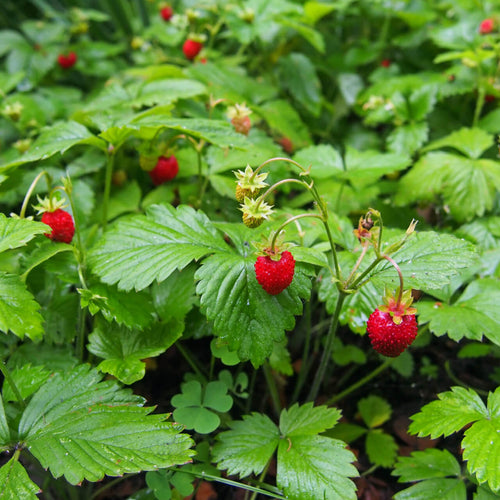Posted on Wednesday, 10/6
In many parts of the country, the first half of October still has sunny, warm days; however, there are parts where one must scrape a bit of frost off the car window. A definite sign that winter is just around the corner.
Tasks for Winter Gardening Preparation
That is a significant time of the year for getting yard and garden plantings ready for the challenging aspects of winter. The top item on the agenda for the next several weeks is clean-up. While cleaning up leaves and plant parts, making notes about various plant performances, locations and problems can be a significant asset in preparation for the next season. That is particularly useful for vegetable plants, annuals, and perennial flower plantings.
For perennials, allow the dead plant material to remain until spring, which helps protect the plant's crown. However, if the bed is mulched later in the fall, leaving the dead plant material is unnecessary. Ornamental grasses provide an exciting winter foliage effect if left standing. Regarding mulching, it is better to hold off with perennials and strawberries.
Remember, winter mulching protects the perennial flower plantings and strawberries from alternating freezing and thawing cycles over the winter, around Thanksgiving or later when the plants have gone dormant. The soil freezes are the time to apply the mulch.
Protecting your Garden from Winter Animals - Rabbits and Mice
The cold of winter is not the only enemy of your plantings. Depending on your area, your shrubs and smaller trees may need protection from rabbits or mice over the winter. The best defense is to put up a barrier of poultry wire or hardware cloth. Put a fence around shrubs, and secure it with a few stakes. Protect the trunk base of younger trees using a loose cylinder of hardware cloth which prevents mouse or rabbit gnawing.
Fall Plantings for a Healthier Spring Garden
Fall planted stock requires extra attention. It is highly recommended to plant in September and early October, which gives plants sufficient time for root establishment before cold weather shuts down growth. Remember, cold winter winds and sunshine cause plants to lose water from their branches, and the roots must be able to replace this loss if it is to survive.
Evergreens, particularly broad-leaved evergreens, are more susceptible to winter drying. On a parting note, trees are essential fixtures in the urban and rural landscape. We value above-ground parts of trees for their spring flowers, cooling shade in summer, and vibrant leaf colors.
But healthy root systems below ground are vital for tree vigor and longevity. Roots are responsible for water and mineral nutrient uptake, energy storage, and anchorage. If you have a question about what to do, ask the experts at your local nursery or an excellent online nursery and have their experts answer your questions.
Source of Information on Winter Preparation Tips
https://www.tnnursery.net



















































